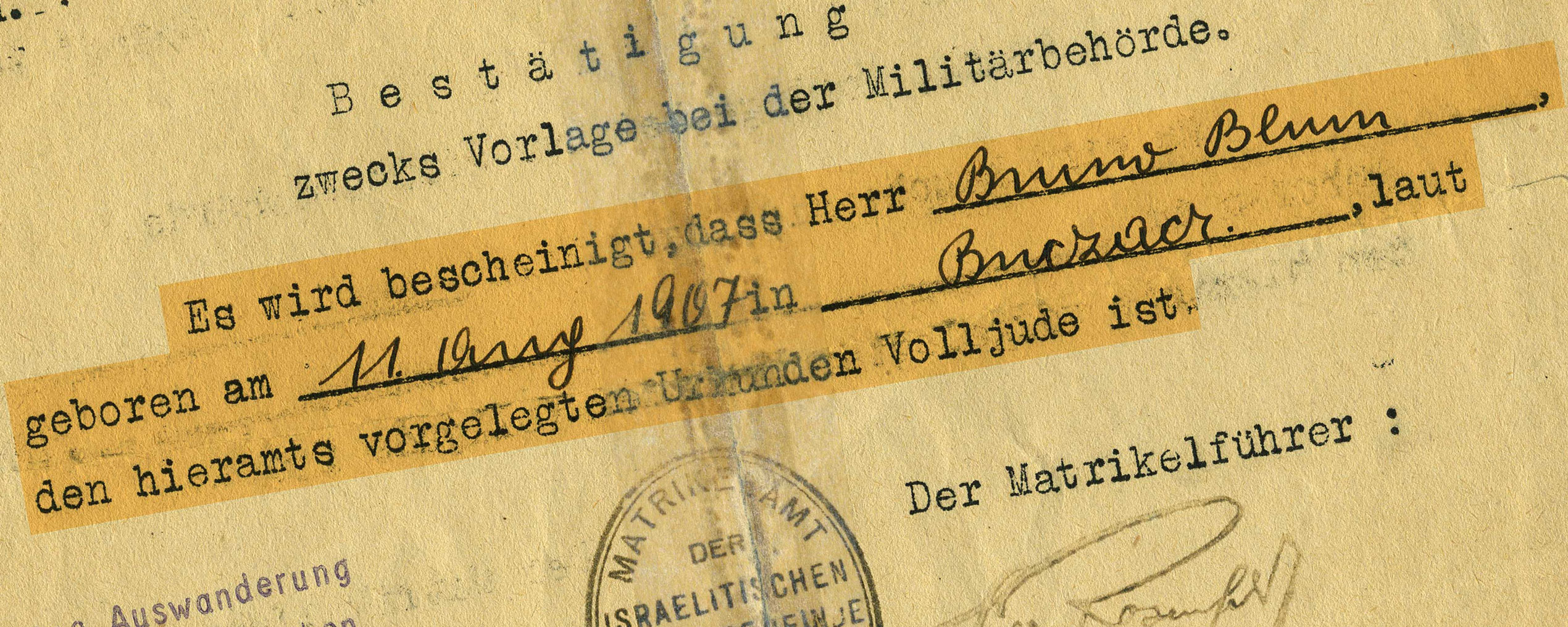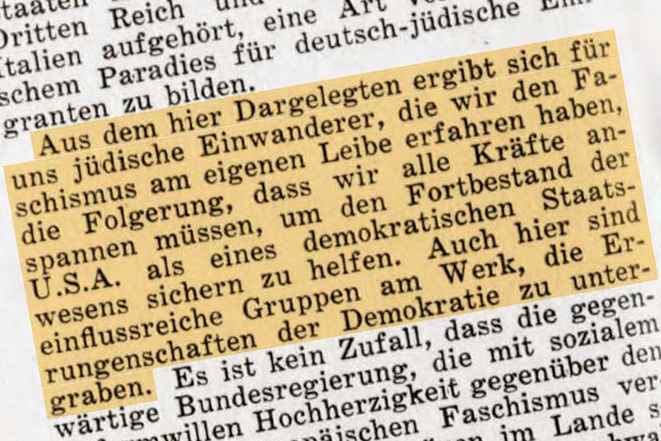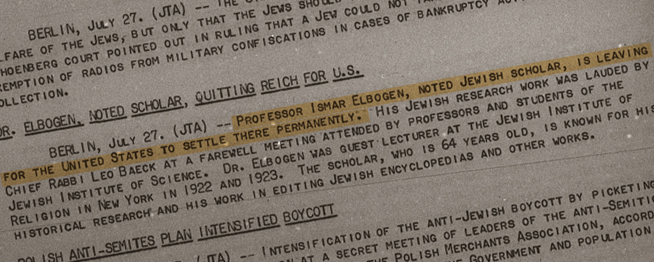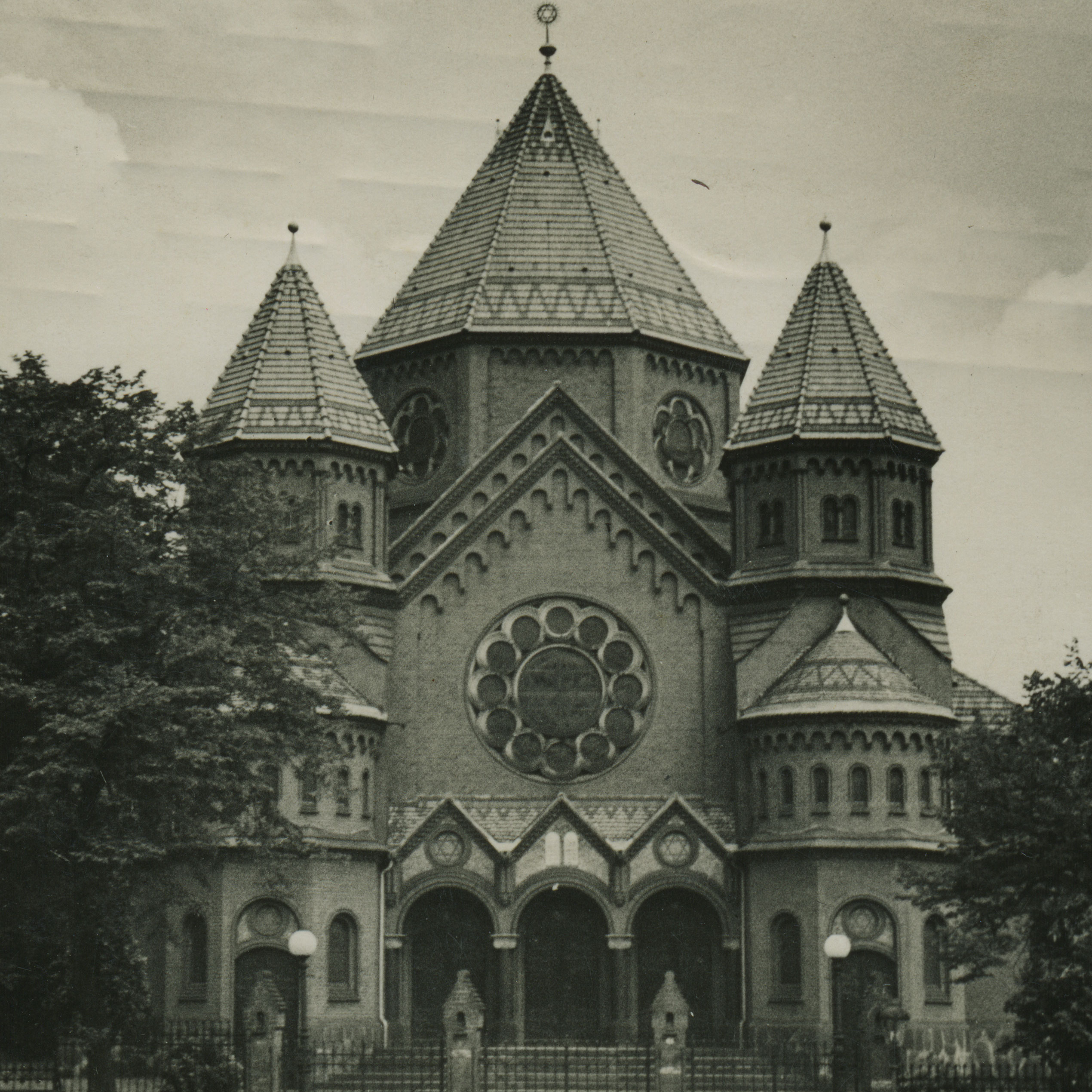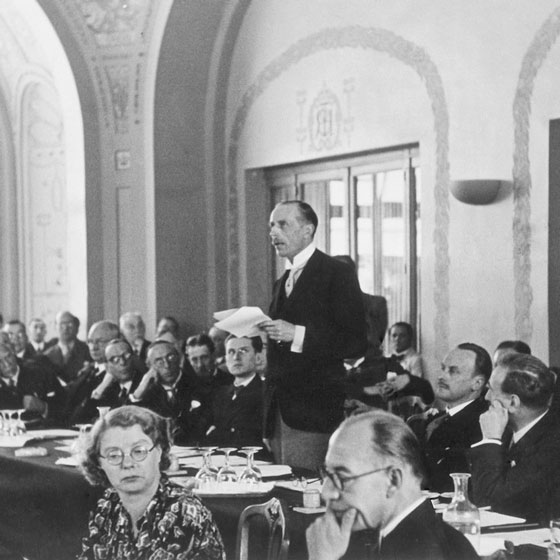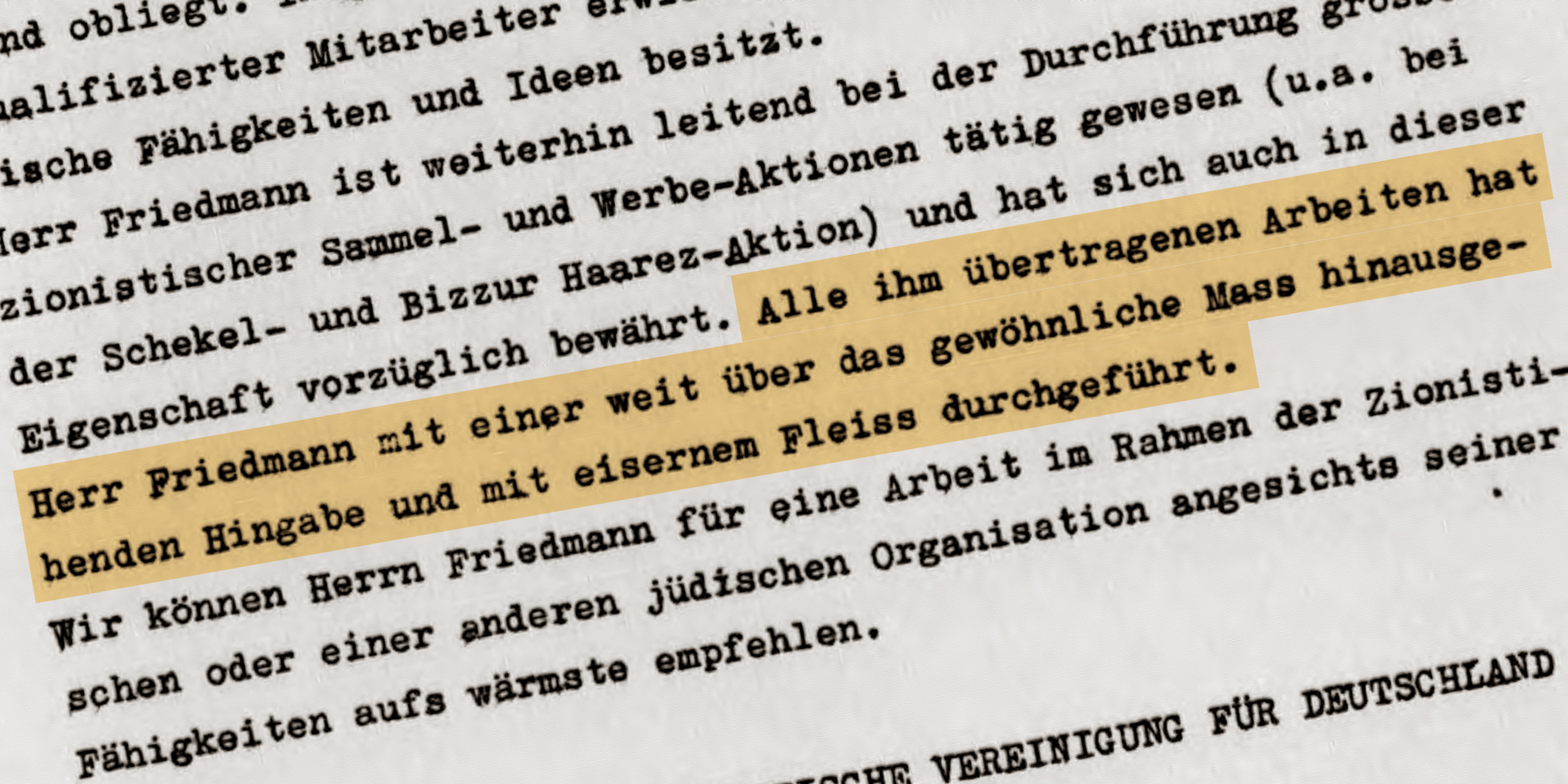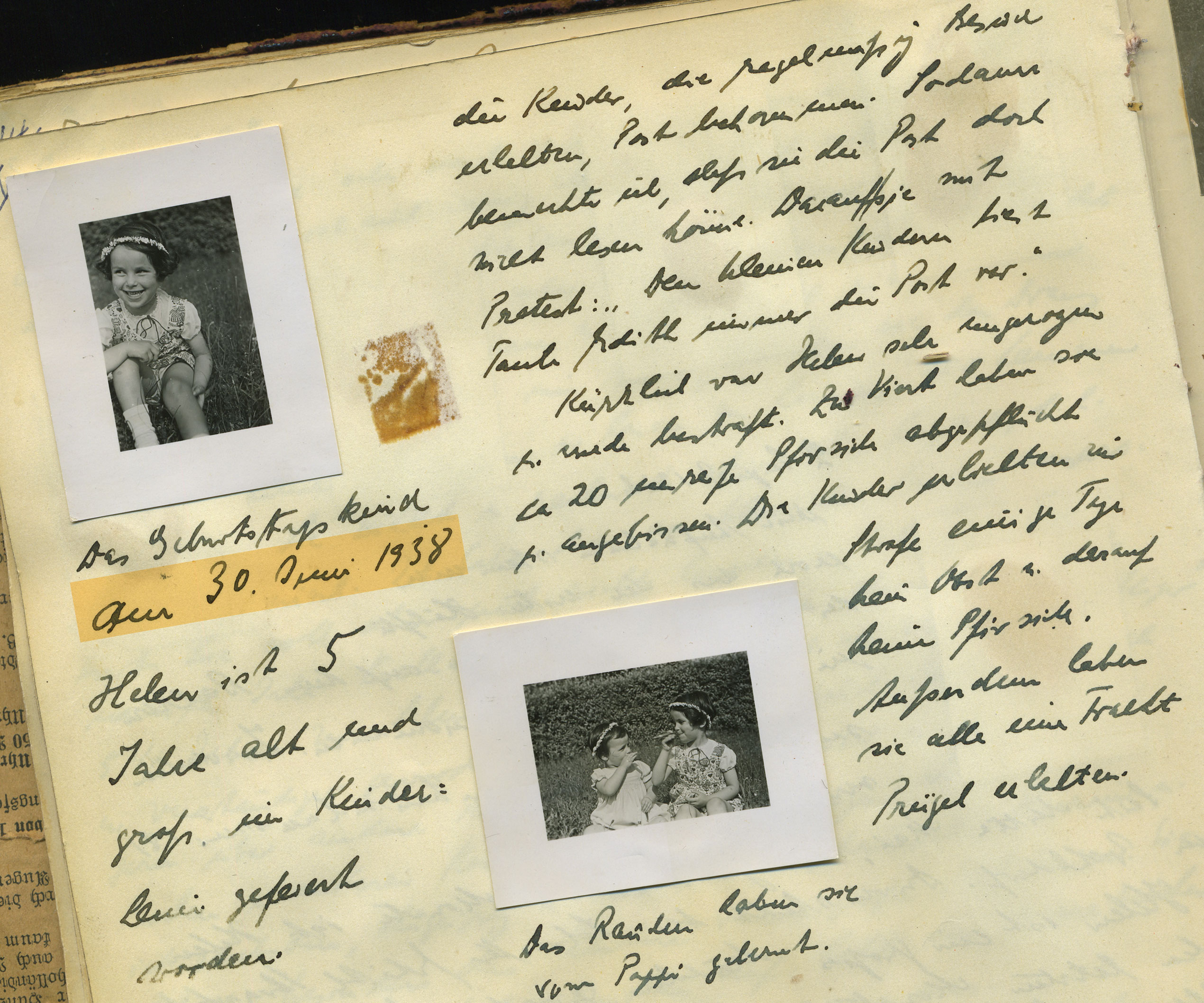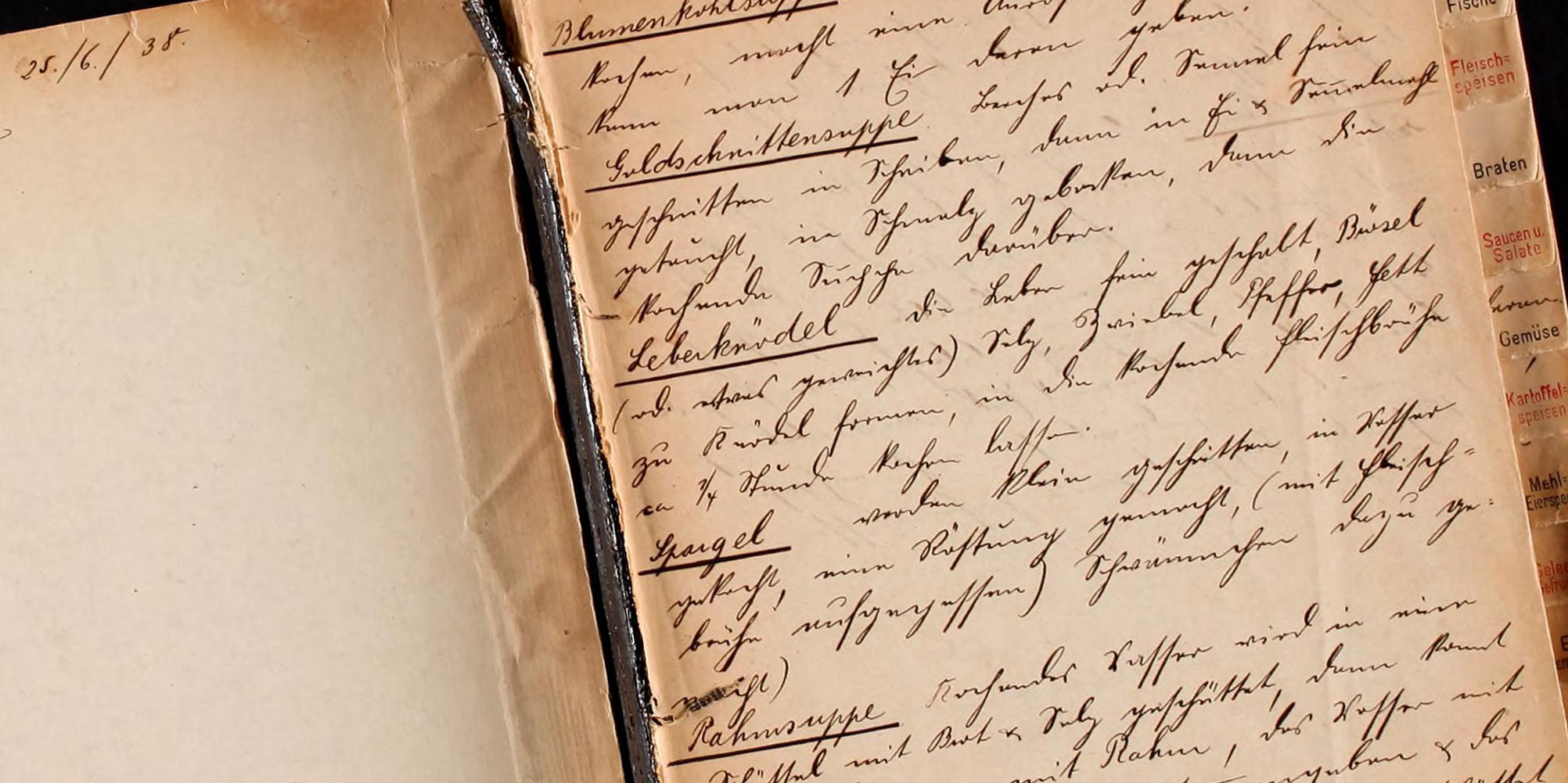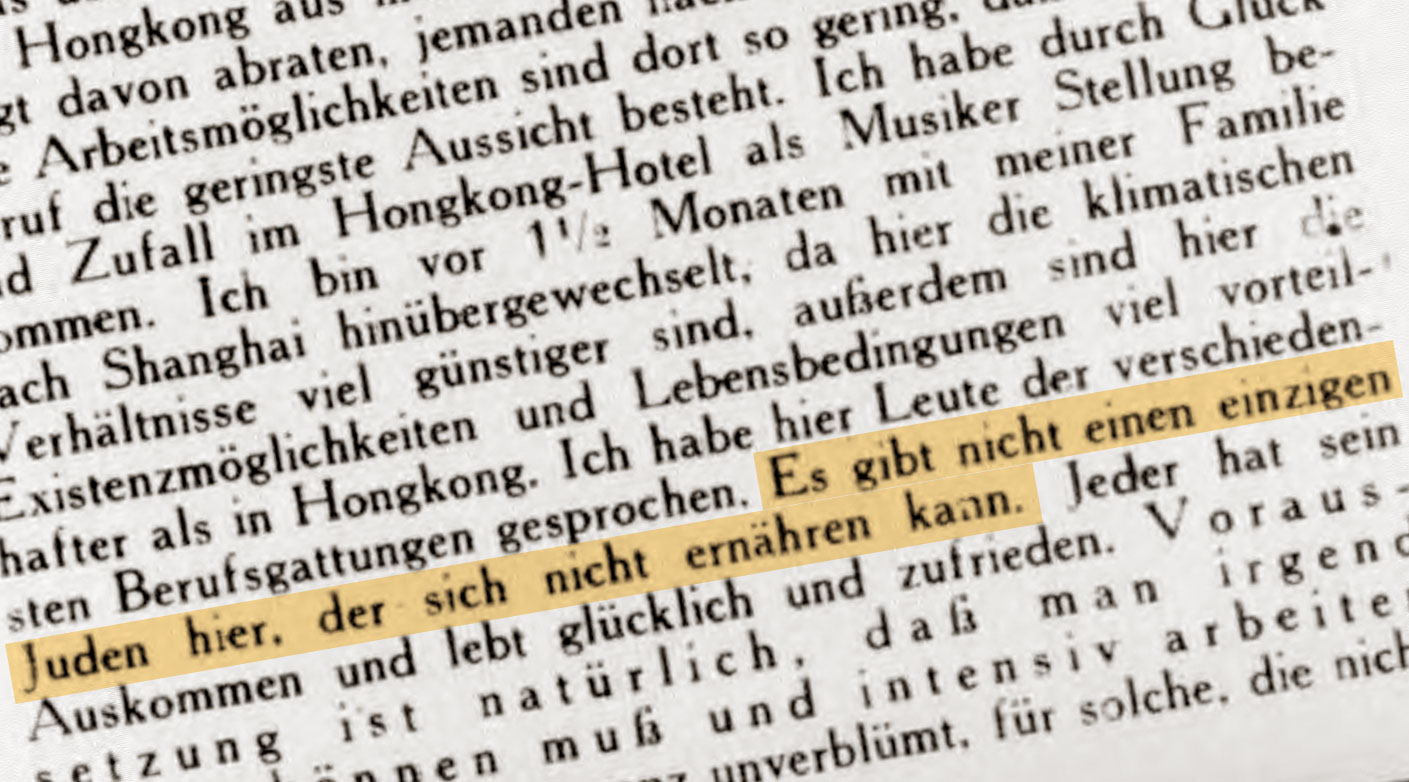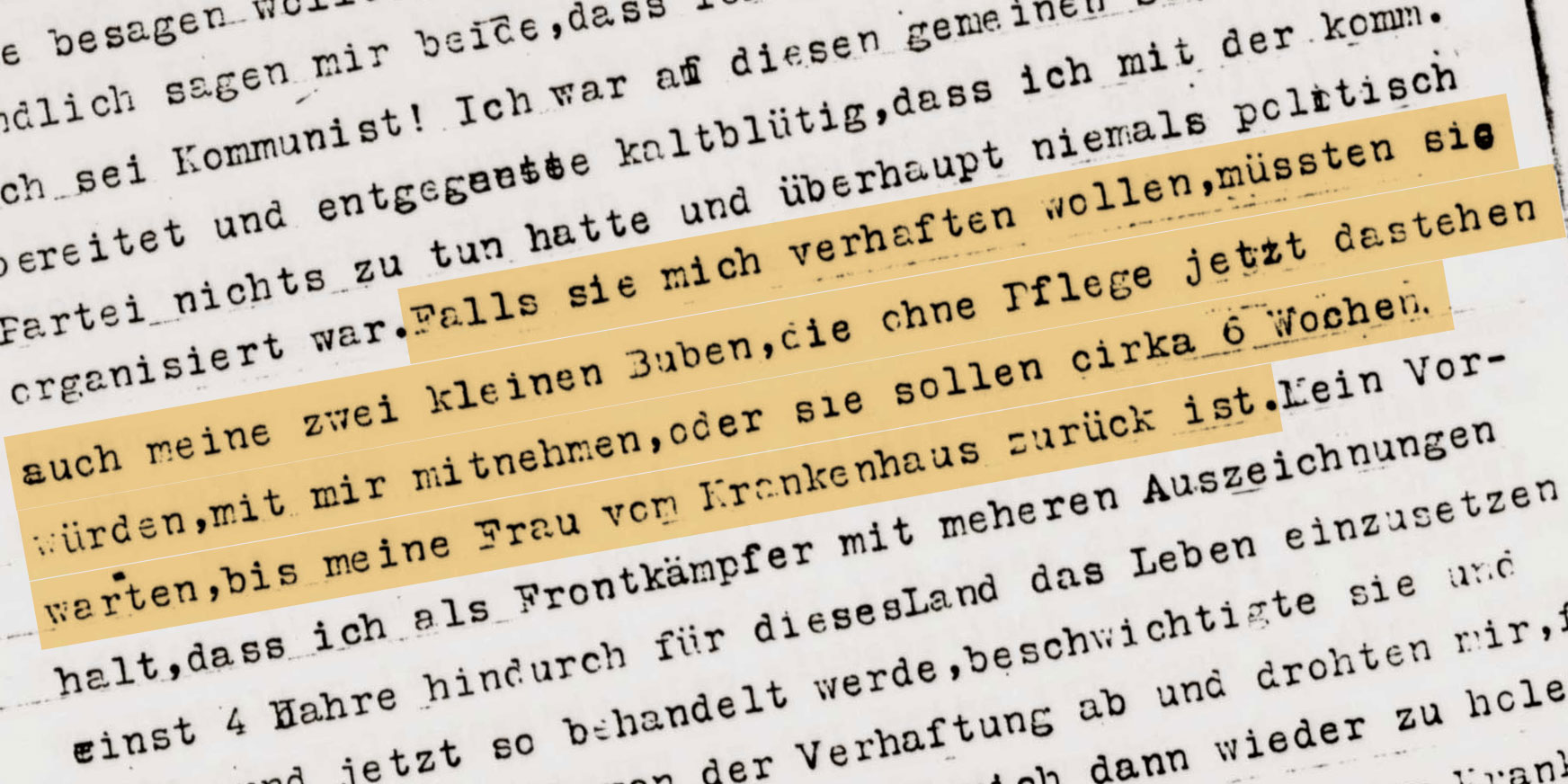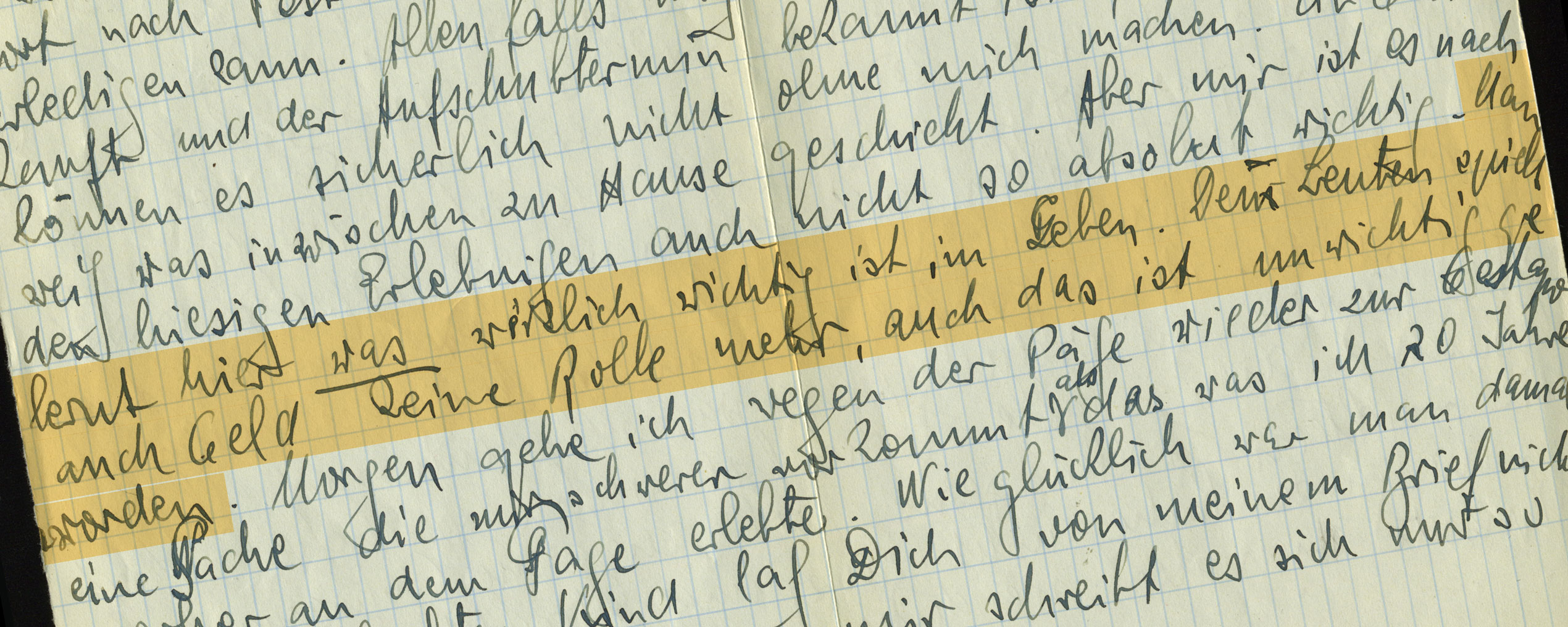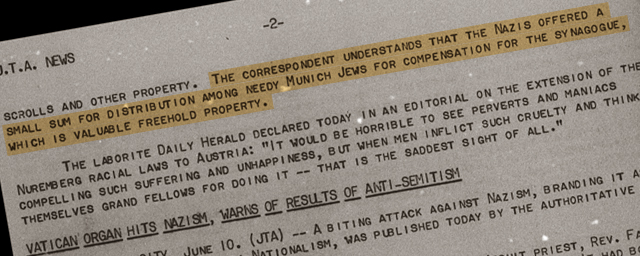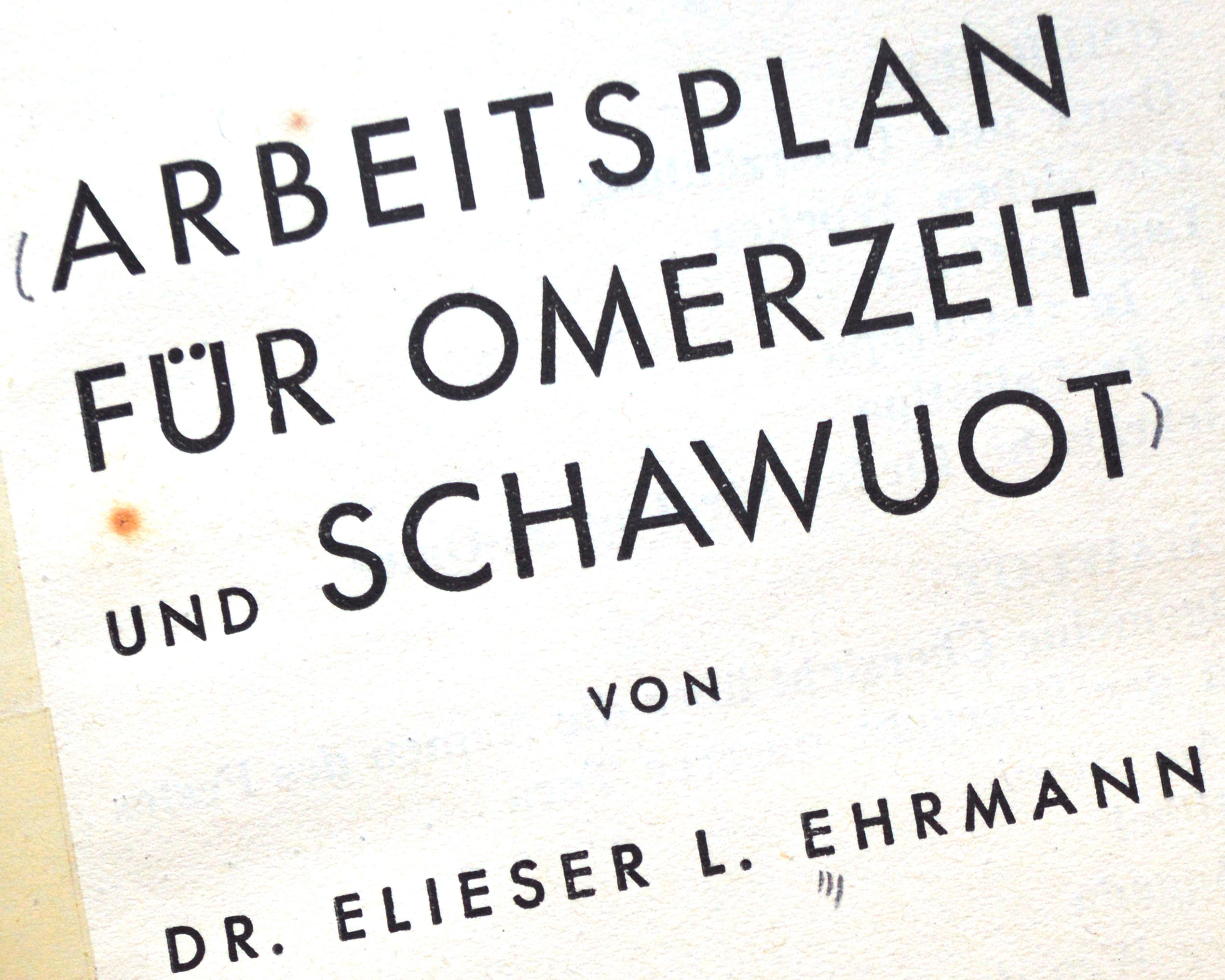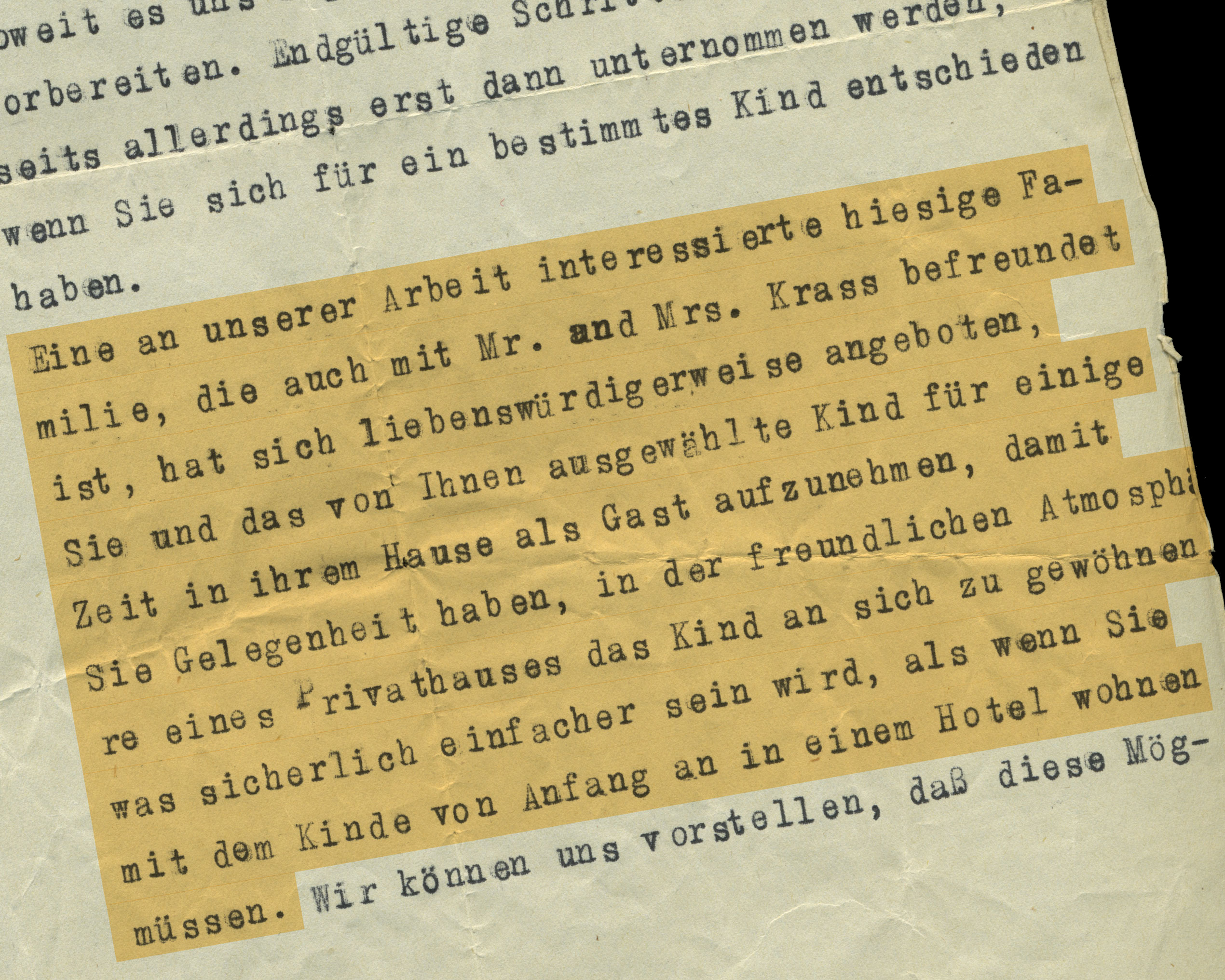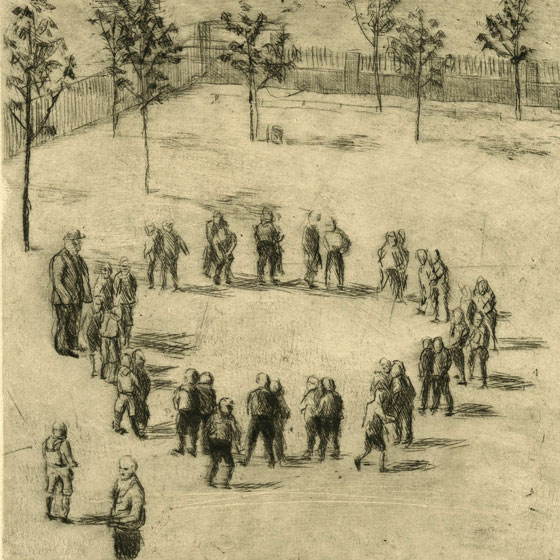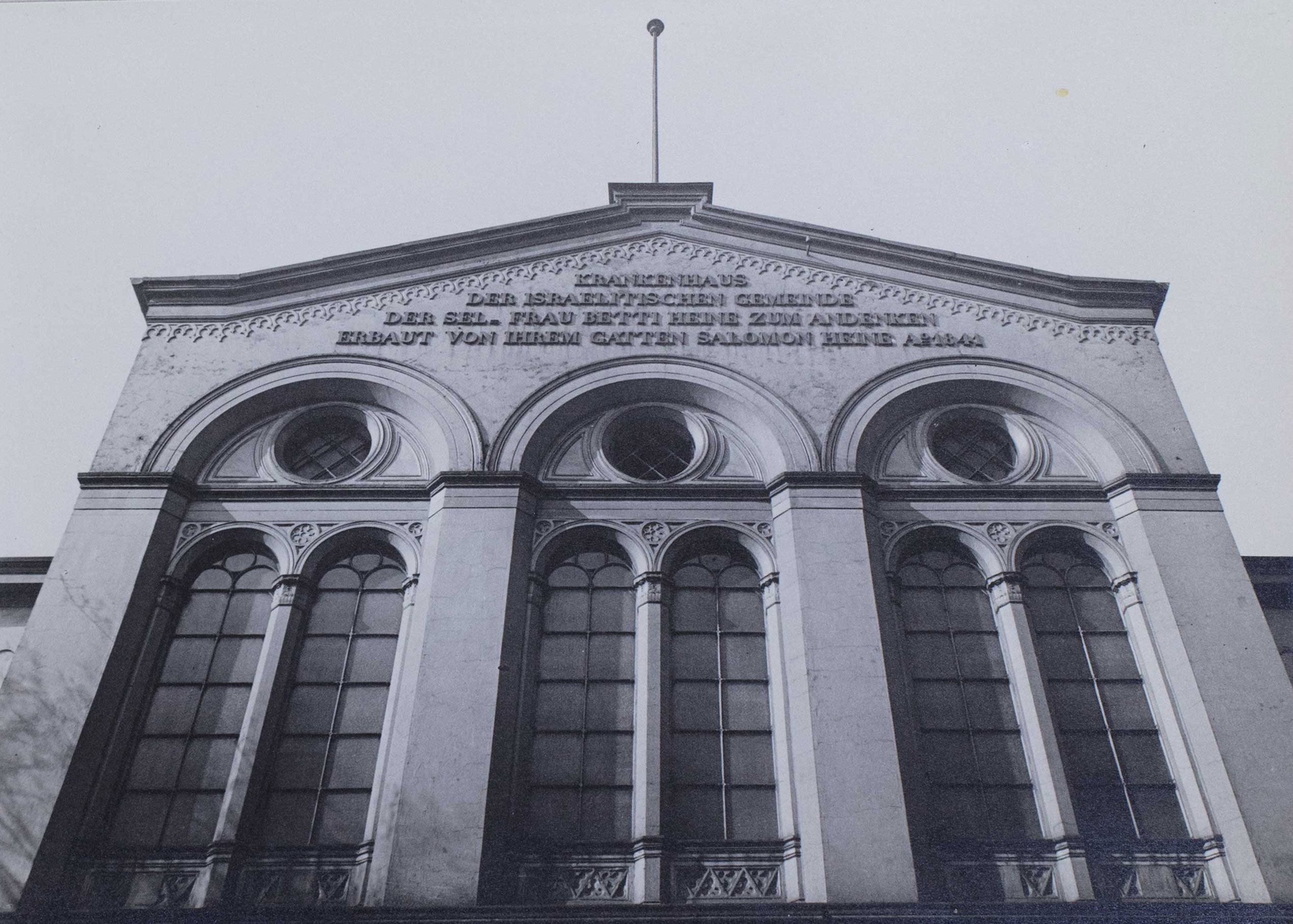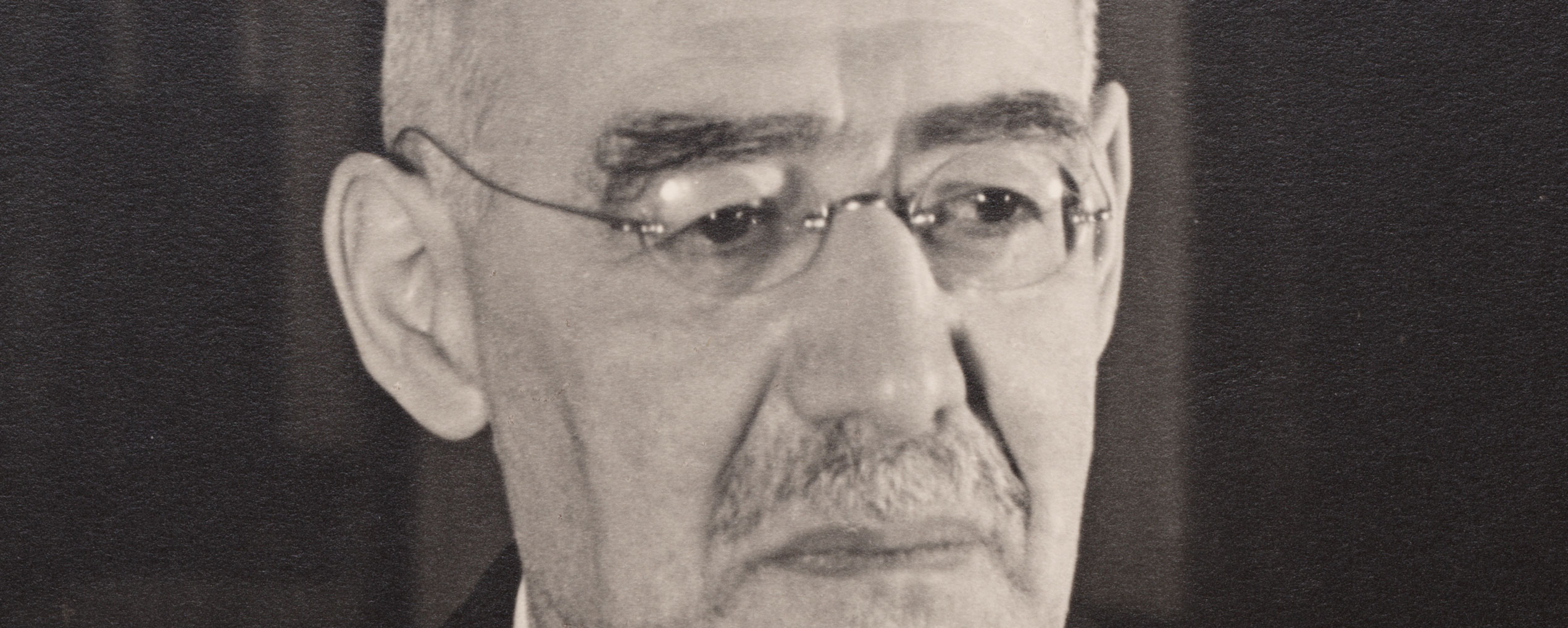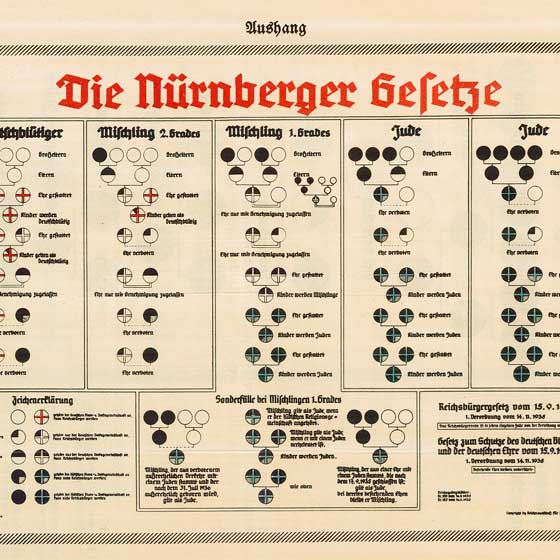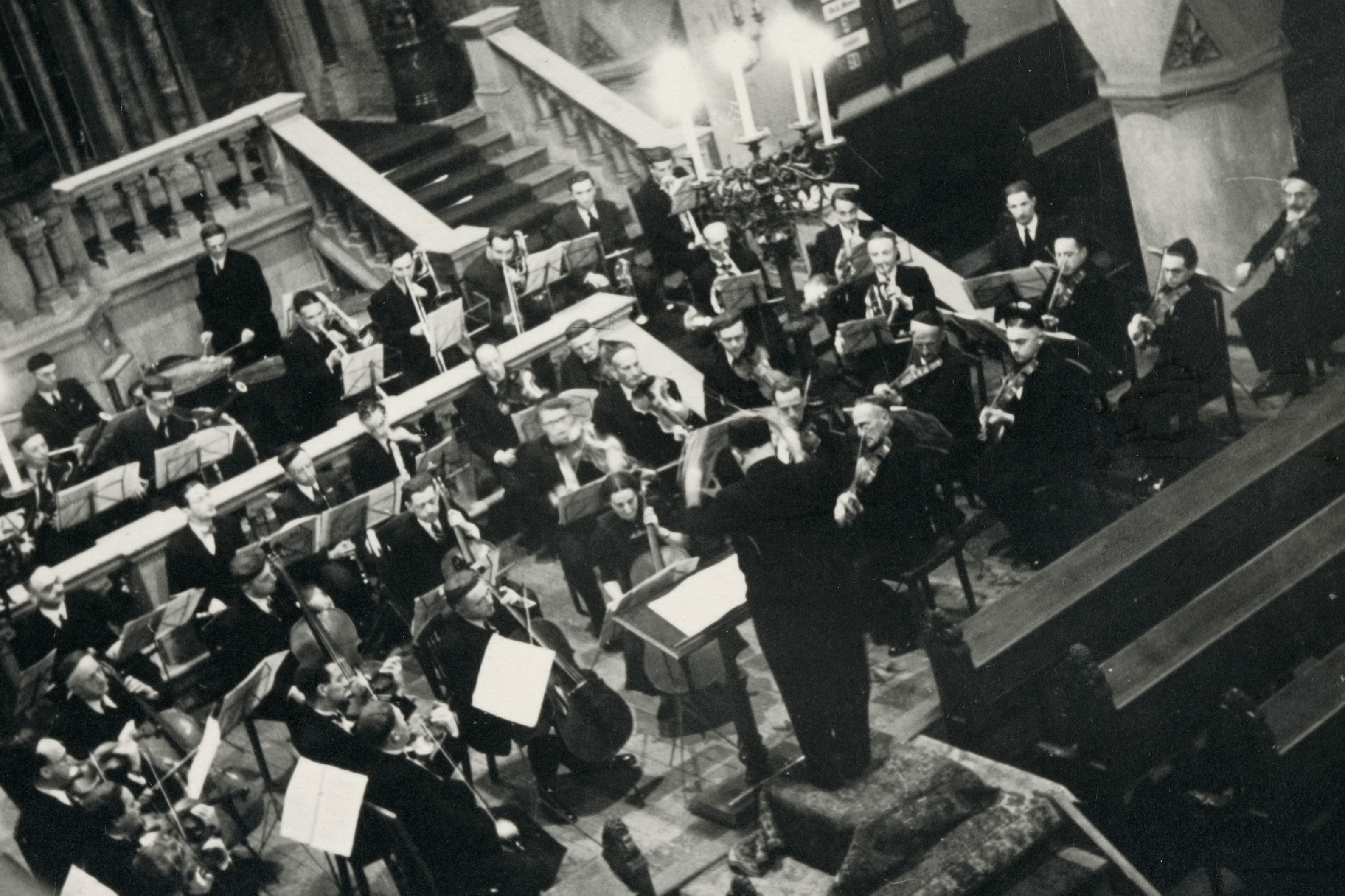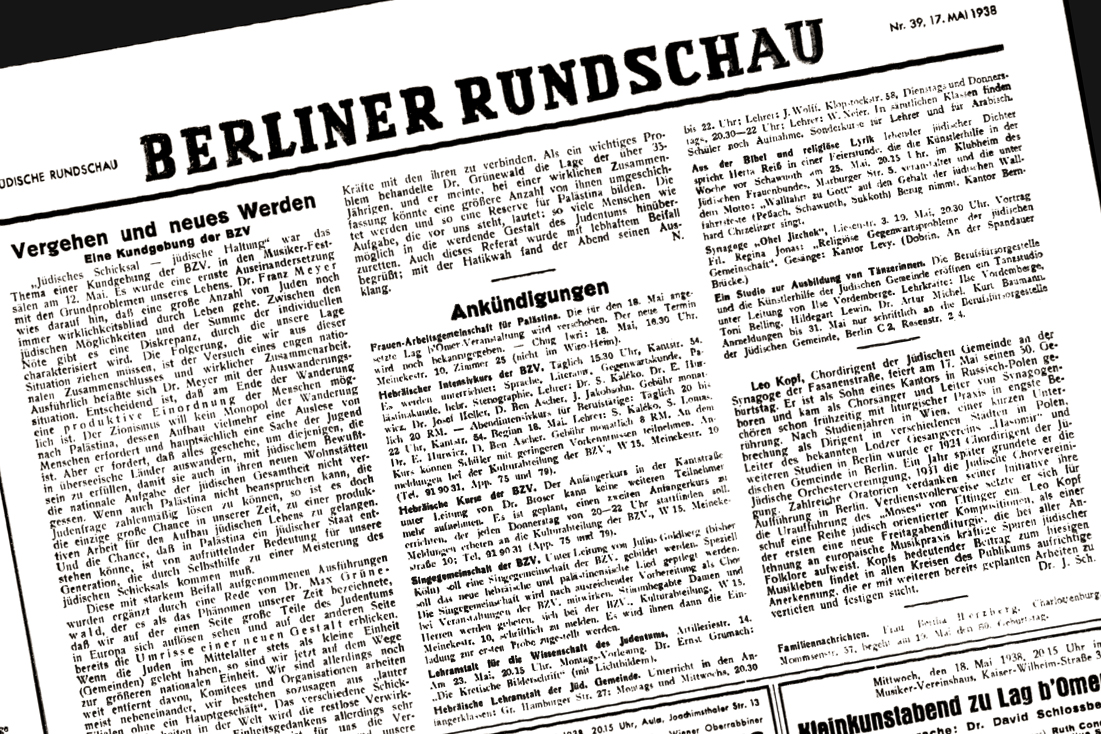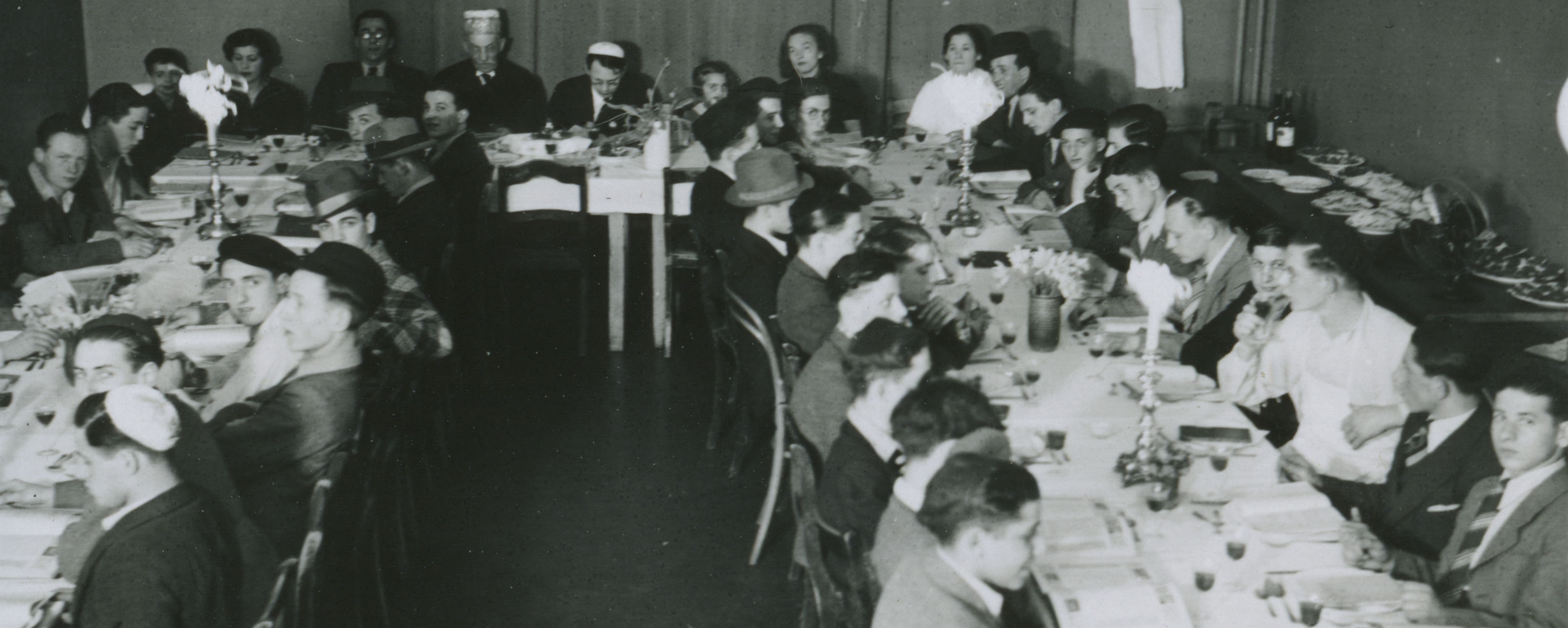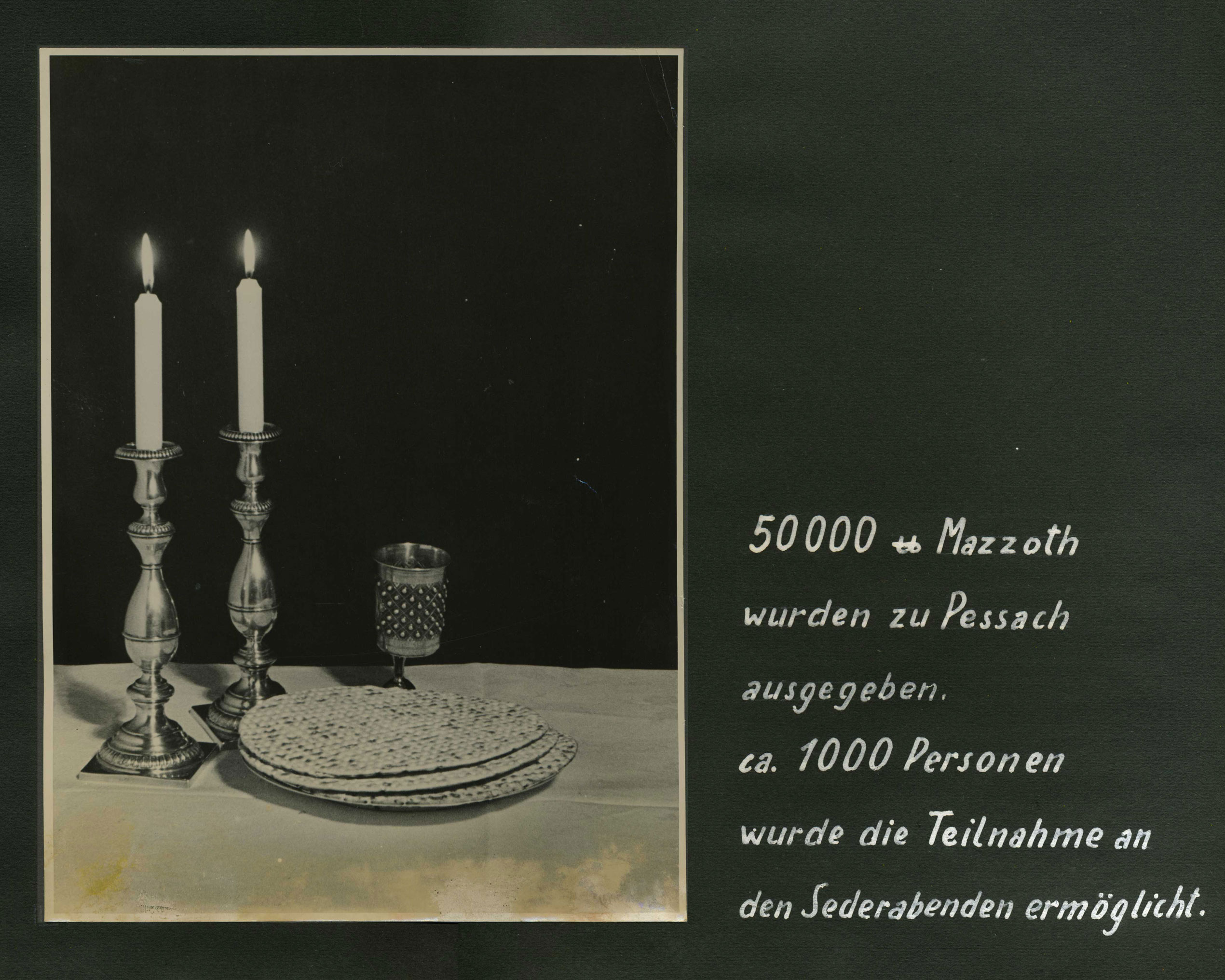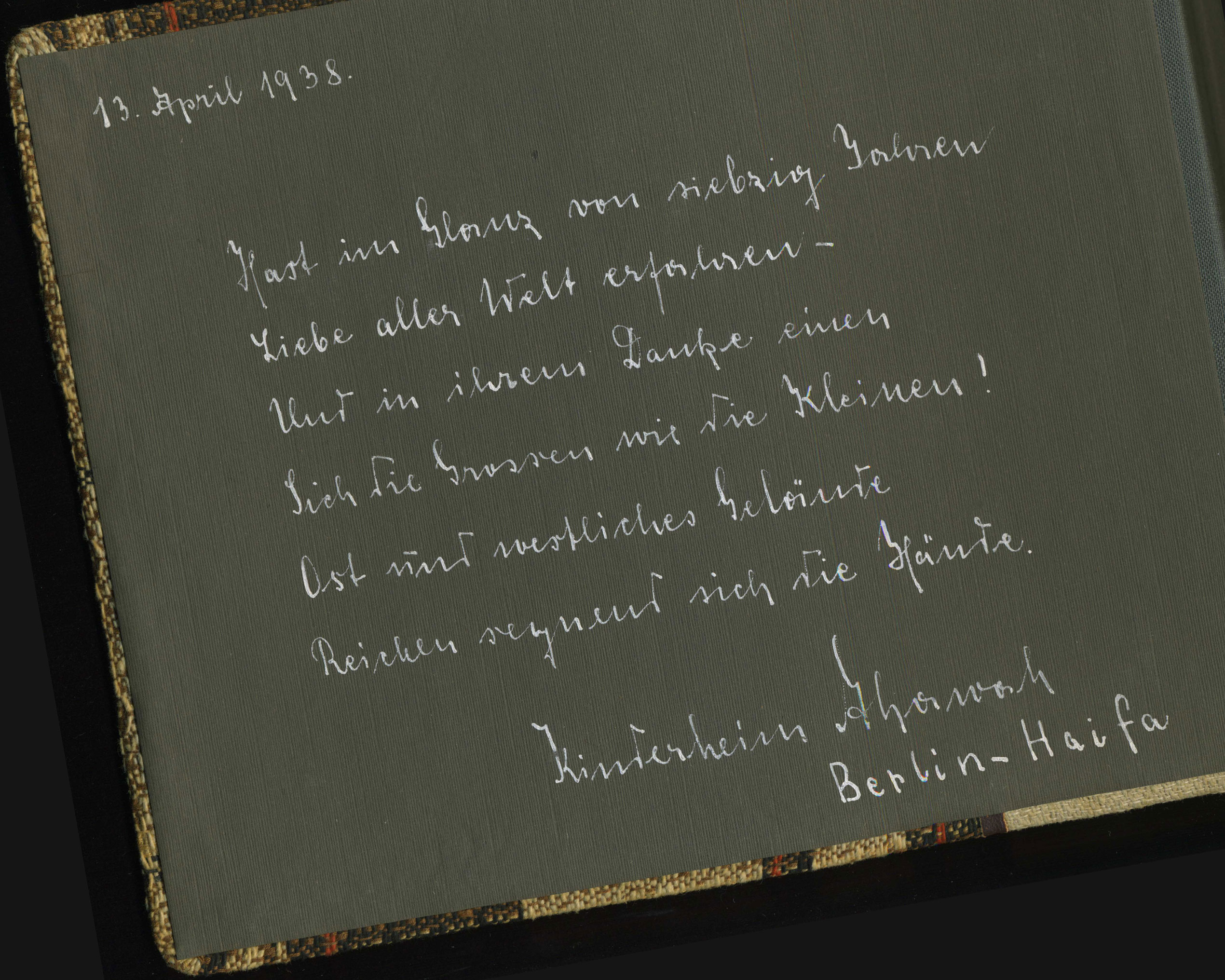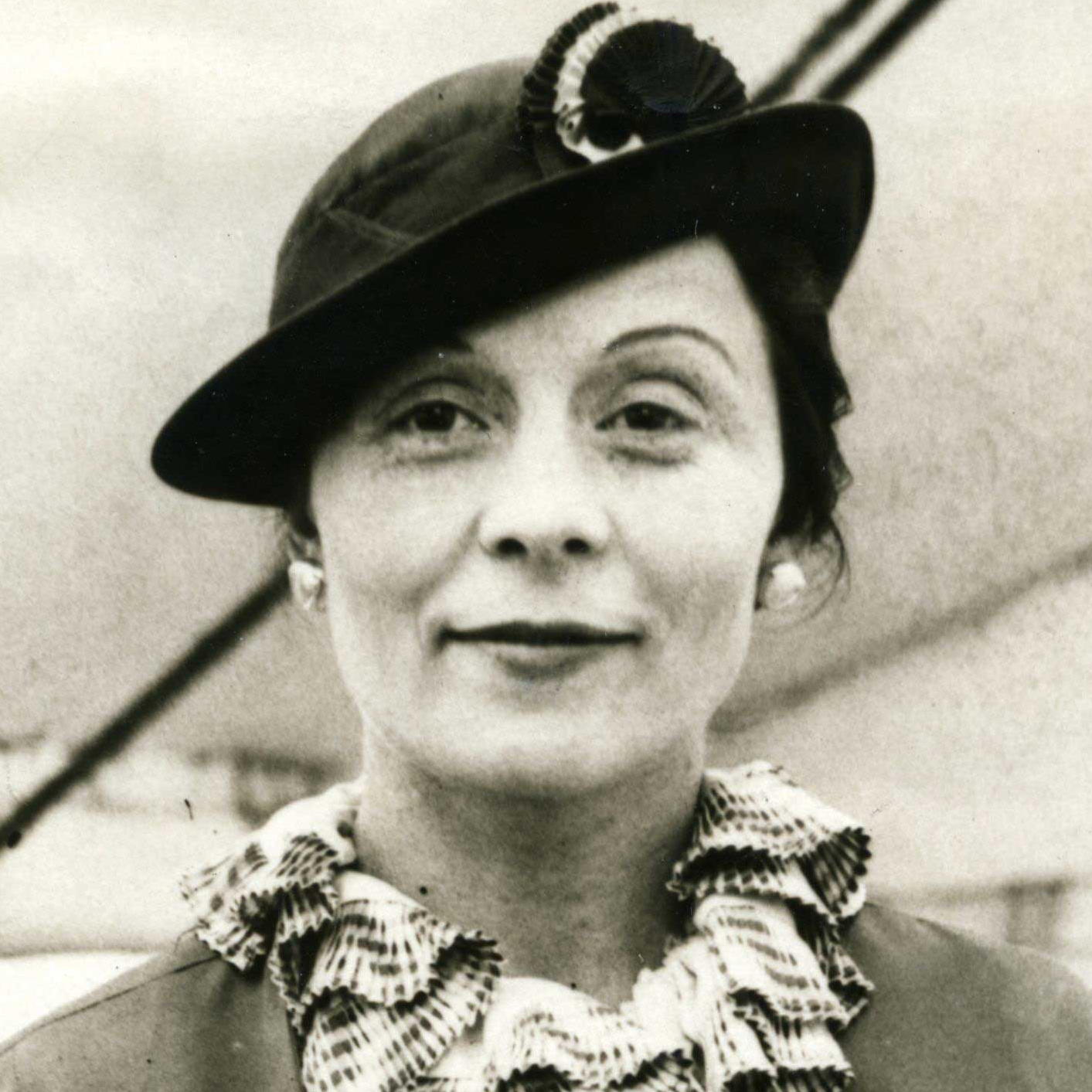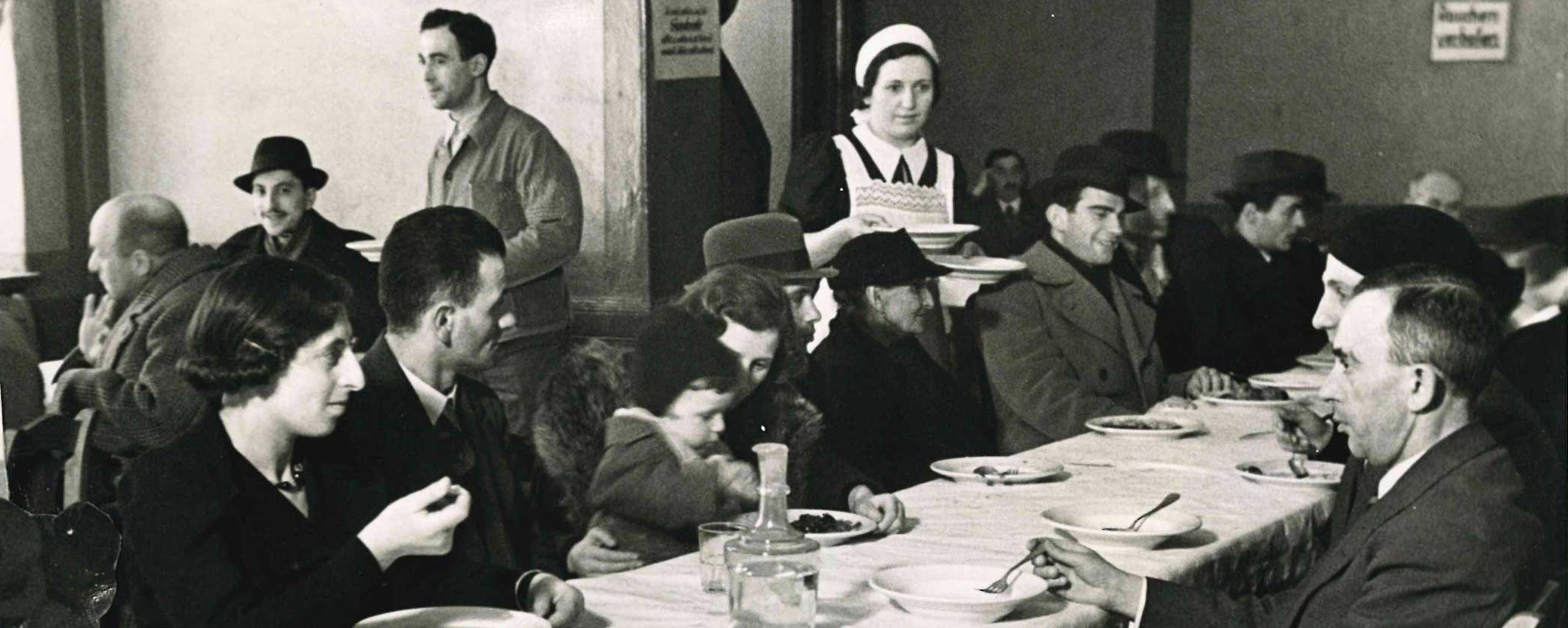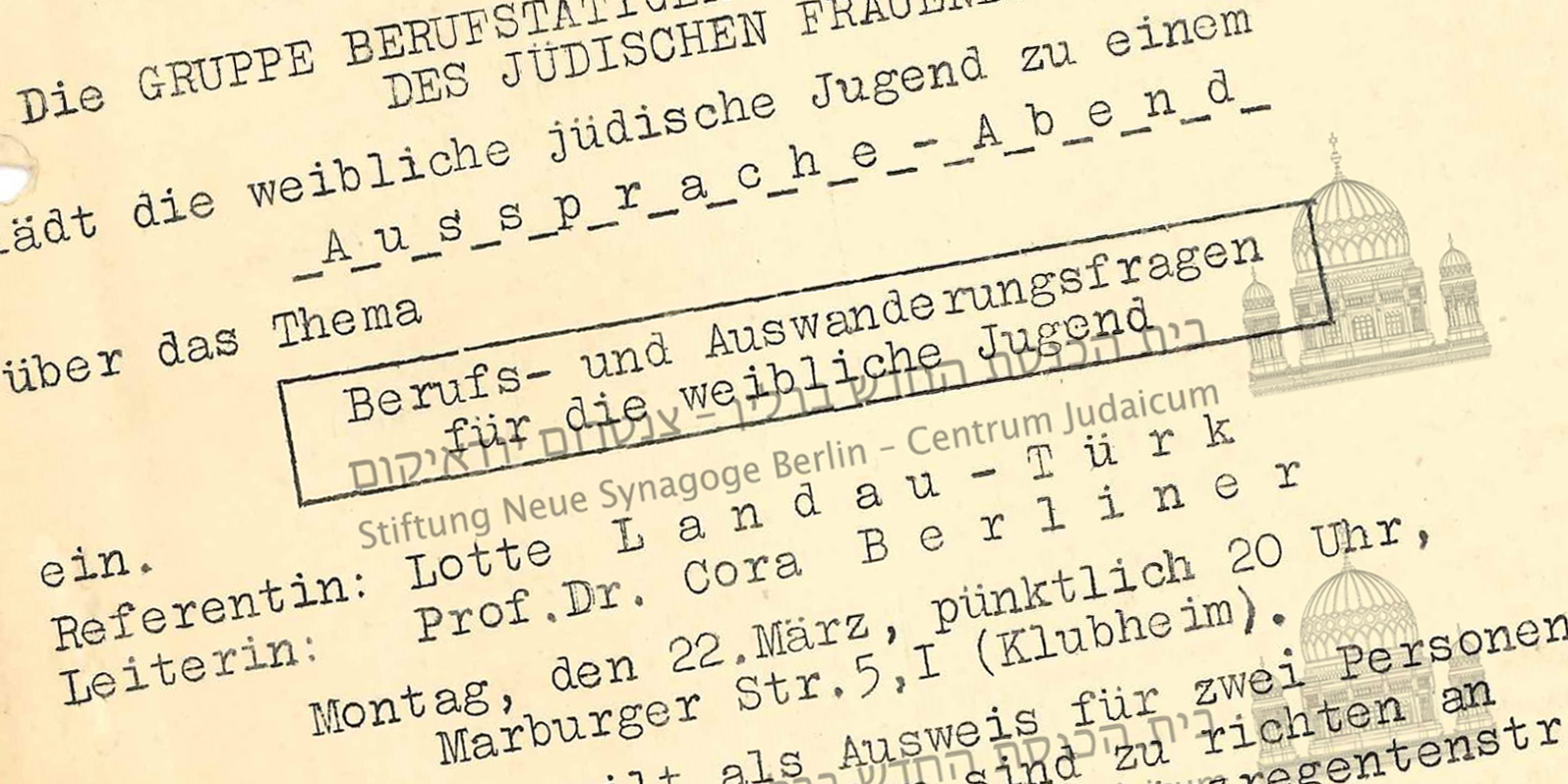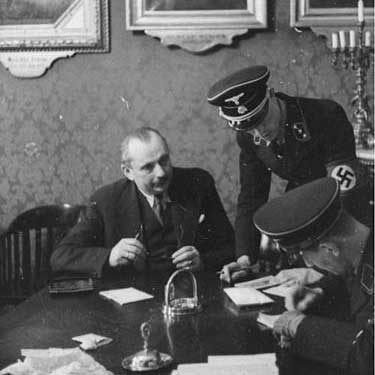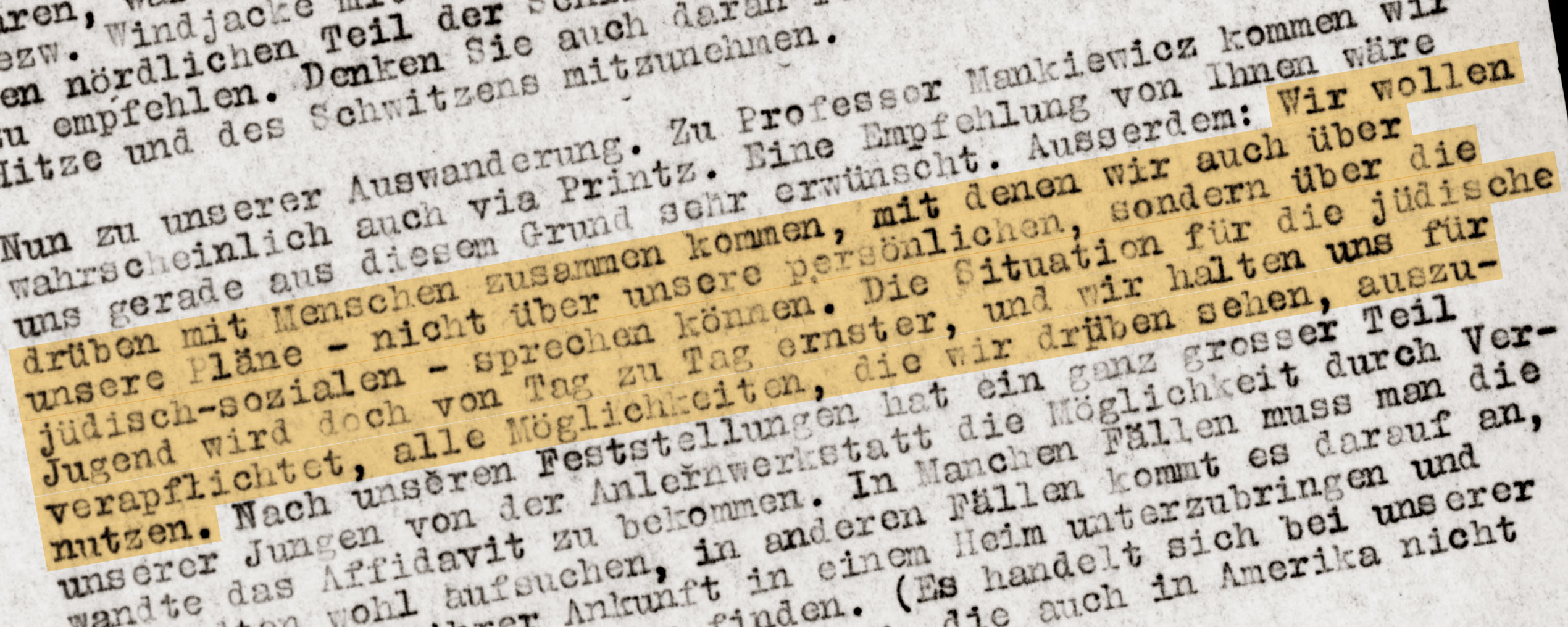Kisses and best wishes
A sweet note to grandmother in Breslau

“I hope your pain has gotten better. Lots of kisses and best wishes, and a good שבת [Shabbes], also to the Blumenthals, your grandson, Michael”
Oldenburg/Breslau
Based on his handwriting and style, it seems that Michael Seidemann was quite young when he wrote this postcard to his grandmother, Louise Seidemann, in Breslau. Interestingly, the address from which he sent it was identical to that of the synagogue of the town, Oldenburg. Even though the earliest records of Jewish presence in Oldenburg are from the 14th century, it was only in 1855 that the congregation opened its first synagogue built specifically for this purpose. As a result of Emancipation, Jews came to contribute to Oldenburg’s commerce by selling shoes, books, bicycles, and musical instruments, as cattle dealers and in agriculture, among other things. Their share of the population rarely exceeded 1%. Nevertheless, in the 1920s, antisemitic thugs began attacking Jewish businesses. In 1933, the town had 279 Jewish inhabitants, out of a total of 66,951. By the time Michael wrote this postcard, only two out of dozens of Jewish shops and businesses remained in the town.
SOURCE
Institution:
Leo Baeck Institute – New York | Berlin 
Collection:
Herta Seidemann Collection, AR 25060 
Original:
Box 1, folder 6



